A Moiré pattern is an interference pattern produced by overlaying similar but slightly offset templates.
In mathematics, physics, and art, moiré patterns are large-scale interference patterns that can be produced when an opaque ruled pattern with transparent gaps is overlaid on another similar pattern. For the moiré interference pattern to appear, the two patterns must not be completely identical, but rather displaced, rotated, or have slightly different pitch.

Radial moire effect created by rotating one pattern over a fixed pattern
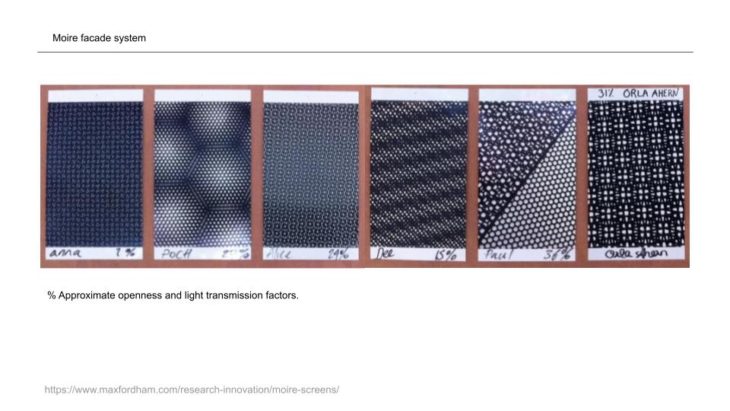
Percentage approximate openness and light transmission factors.
For the “Silk shadow” interactive façade system, we explored this pattern in a radial manner as a way to diffuse light entering a space. One end of the façade system was fixed while the different patterned gears rotated with the help of a geared DC motor.

Radial moiré effect
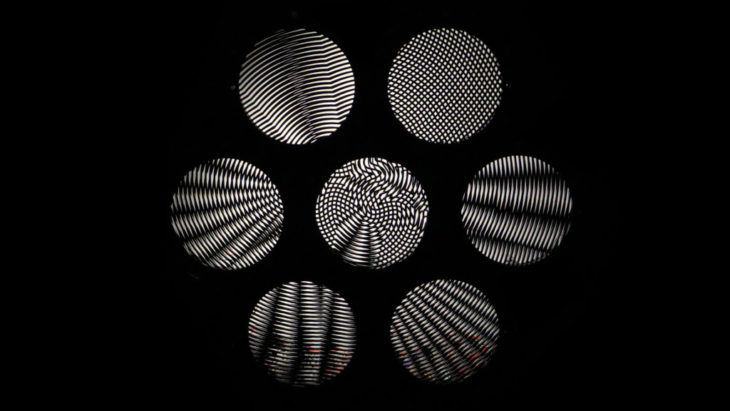
The Silk Shadow
Fabrication Process
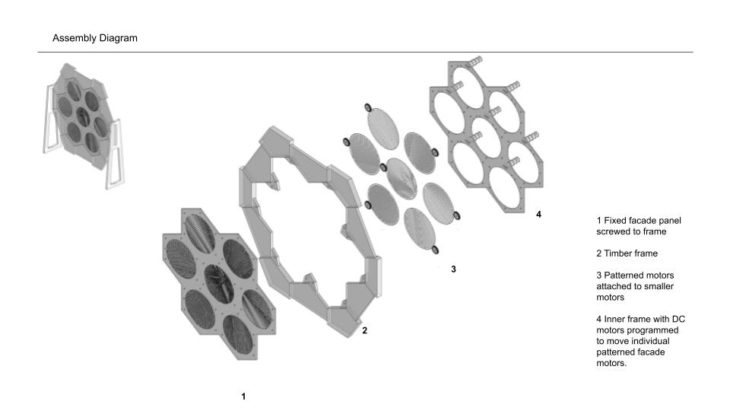
Exploded assembly axonometric for the Silk shadow
The geared DC motors were used as the output devices to rotate and obtain the moiré effect. The speed of the motors were controlled by the values obtained from an LDR which were remapped and fed to the motor. To make sure there was a way to return to the origin point of the rotated panels, limit switches were introduced such that when a specific switch was used, all the panels would rotate in one selected direction and stop function the moment the limit switches were triggered.
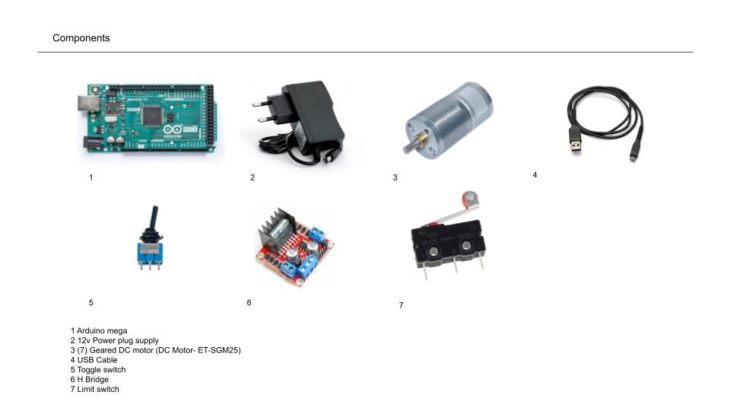
Components
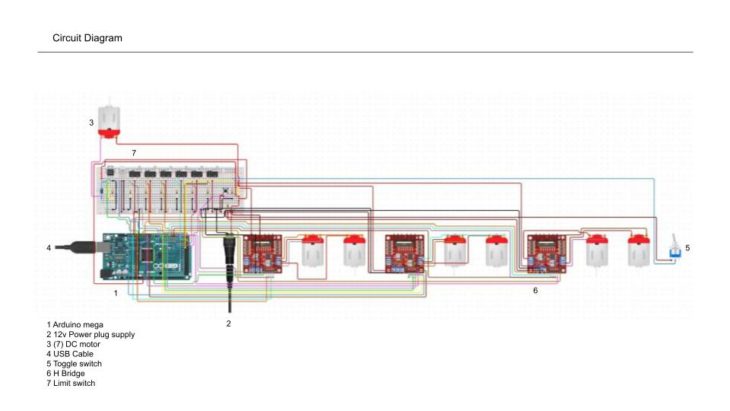
Circuit diagram for the assembly with 7 DC motors, Limit switches and H-Bridges

Radial moire effect seen to diffuse light on the facade system.



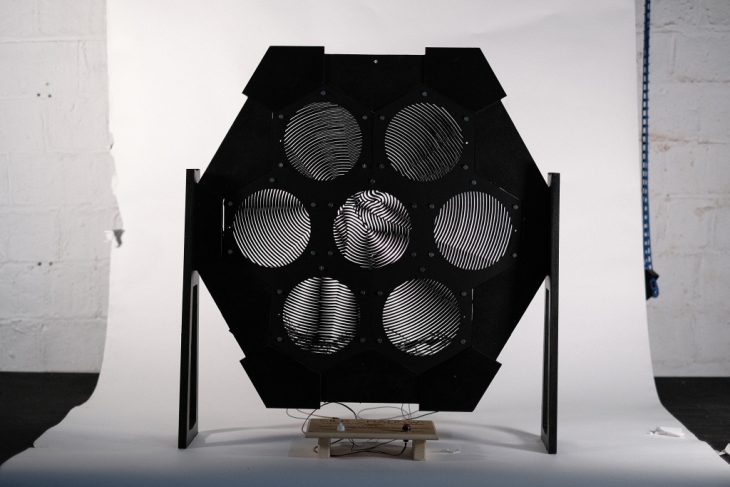
Silk shadow prototype
</p>
“Silk Shadows” is a project of IAAC, the Institute for Advanced Architecture of Catalonia, developed during the Master in Advanced Architecture (MAA01) 2020/21 by students: Jeremiah G. Oonyu, Micheal Groth, Federico Caldi & Akshay Madapura; Faculty: Angel Munoz & Cristian Rizzuti.